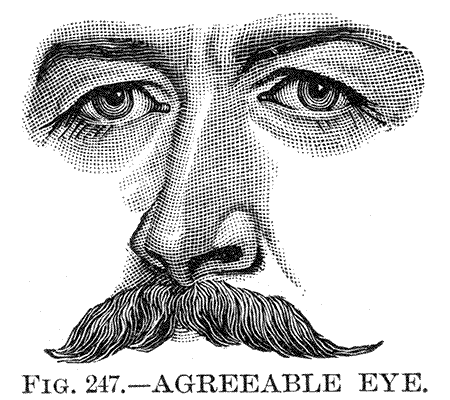at rest
Considered at any two contiguous points of time, every real entity is either in motion or at rest.
Now, when a real entity is said to be at rest, it is said to be so with reference to some other particular real entity or aggregate of real entities; for so far as any part of the system of the universe is perceived by us, we at all times perceive it not to be at rest. Such, at least, is the case not only with the bodies called planets, but with one or more of the bodies called fixed stars; and, by analogy, we infer this to be the case with all the rest.
This premised, considered with reference to any two contiguous points of time past, every perceptible real entity was, during that time, either in motion or not in motion; if not in motion, it was at rest.
Here, then, we have two correspondent and opposite fictitious entities of the first remove, viz. a motion and a rest.
A motion is a mode of speech commonly employed; a rest is a mode of speech not so commonly employed.
To be spoken of at all, every fictitious entity must be spoken of as if it were real. This, it will be seen, is the case with the above-mentioned pair of fictitious entities of the first remove.
A body is said to be in motion. This, taken in the literal sense, is as much as to say, here is a larger body, called a motion; in this larger body, the other body, namely, the really existing body, is contained.
So in regard to rest. To say this body is at rest is as much as to say, here is a body, and it will naturally be supposed a fixed body, and here is another body, meaning the real existing body, which is at that first-mentioned body, i.e. attached to it, as if the fictitious body were a stake, and the real body a beast tied to it.
